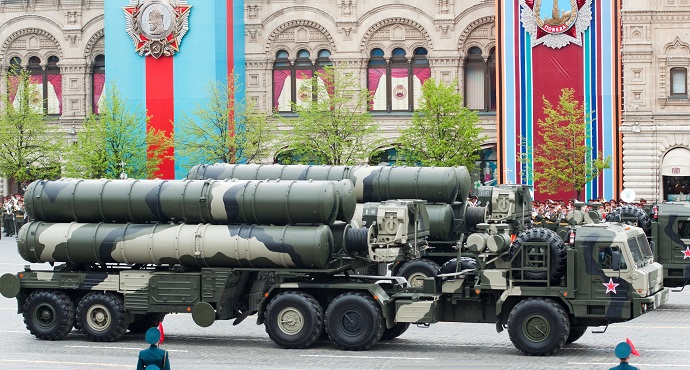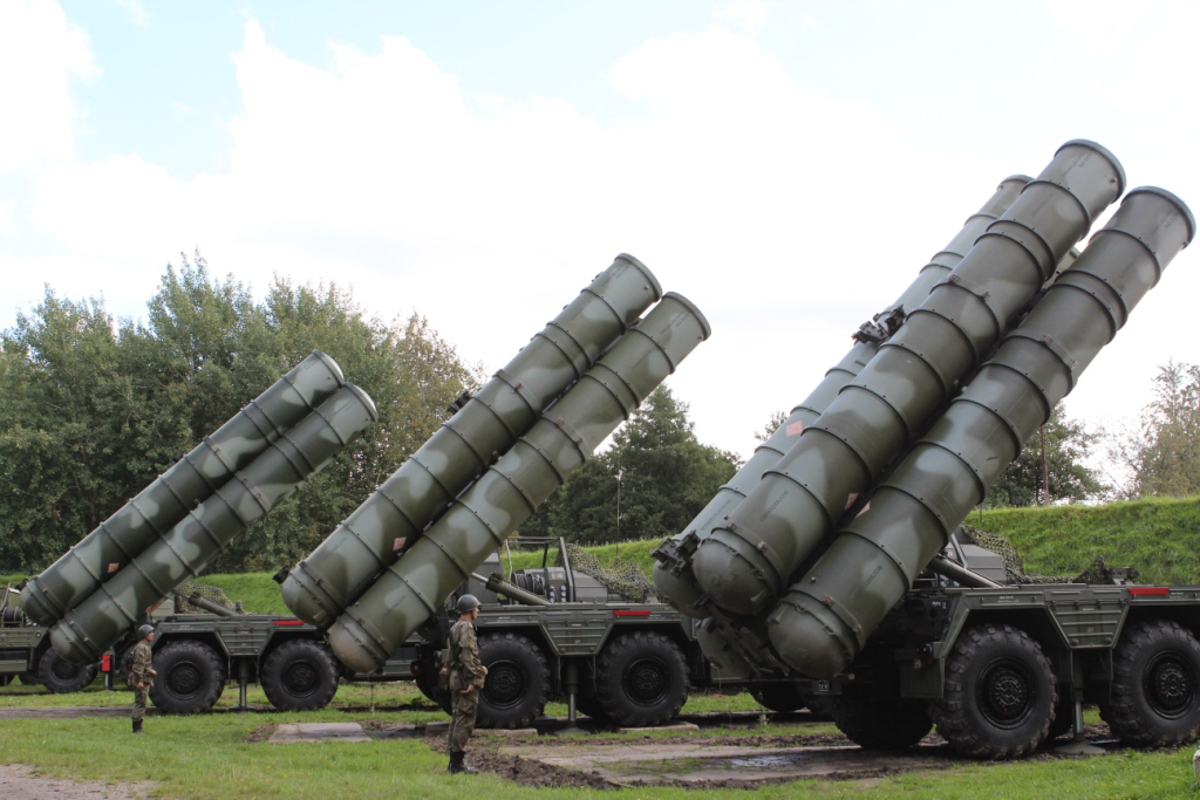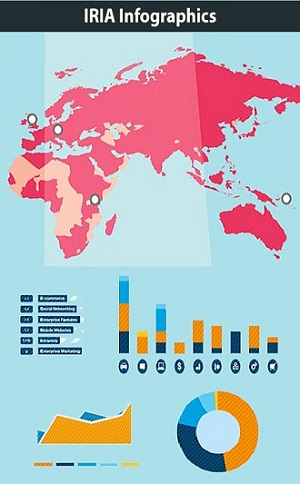Russia-India S-400 Air Defense System Deal

Russia starts supplying S-400 Defense Systems to India
Russia began the delivery of the S-400 surface-to-air missile (SAM) systems to India, Director of the Federal Service for Military-Technical Cooperation (FSMTC) Dmitry Shugaev said on November 14, 2021.
Russia’s FSMTC Director Shugaev told Sputnik news that “the supplies of the S-400 air defense system to India have started and are proceeding on schedule.”
India and Russia signed a $5.43 billion deal for five sets of S-400 defense systems in October 2018.
According to reports, the first unit of the S-400 will be delivered to India by the end of 2021, while four more units will arrive in batches later on. The other two S-400 systems are expected to be operational by early 2022 and India plans to deploy S-400 in the Ladakh and Arunachal near Chinese borders. The media reports also claim that two Indian army teams have been receiving training in Russia to operate the S-400 system.
Indian Military analyst Colonel Rajinder Kushwaha assessed that “It is clear that although India may want to provide effective air defense systems on the western and northern/eastern borders, it must determine its priorities based on availability and necessity… [the] first priority should be the western region before sufficient weapon systems are available.”
According to Indian media sources, the S-400 systems are expected to be first deployed near the western borders, as it would enable India to respond to threats from both parts of the border with China and Pakistan. Indian media outlet ANI reported that after the deployment of the first squadron, the Indian Air Force would begin to focus on the eastern borders.
India’s HindustanTimes also reported that with the deployment of the S-400 systems India would become capable of countering threats posed by the Chinese missiles and air force, as the system can detect and destroy any Chinese missile or fighter jets targeting India.
The S-400 System:
The S-400 is a mobile, surface-to-air missile (SAM) defense system, developed by Russia's Almaz Central Design Bureau as an upgraded version of S-300. The S-400 is considered to be one of the most advanced air defense systems in the world, that is designed to act as a shield for protecting strategic areas. The SAM system can hit both air and ballistic targets and is capable of countering aircraft, drones, as well as cruise, ballistic, and hypersonic missiles.
 S-400 defense systems during the Victory Day parade. (Image Credit: Shutterstock)
S-400 defense systems during the Victory Day parade. (Image Credit: Shutterstock)
Each system has two batteries, independent command and control systems, a surveillance radar, an engagement radar, and up to four vehicles for transportation, propelling, and launching of surface-to-air missiles.
An article that was recently published by the U.S. Air Force Indo-Pacific Command stated that the S-400 system (named SA-21 Growler by NATO) has “surfaced as an anti-access/area denial (A2/AD) asset designed to protect military, political, and economic assets from aerial attacks”.
The S-400 system contains airborne sensors and an advanced radar system that enable it to launch four types of missiles with an altitude of 180 kilometers. The system has 40N6E (very long range), 48N6 (long range), 9M96E2 (medium range), and 9M96E (short range) missiles with a range of 400, 250, 120, and 40 kilometers respectively.
According to a study, the S-400 is capable of tracking up to 160 objects within the range of 600 kilometers and targeting 72 objects within the range of 400 kilometers at the same time. While the U.S. Patriot system has only one interceptor missile with a range of 96 kilometers.
U.S. Response:
In order to curb the proliferation of S-400 and prevent other nations from purchasing Russian military equipment, the U.S. enacted a law (Countering America's Adversaries Through Sanctions Act, CAATSA) in 2017 that listed Iran, North Korea, Russia.
In January 2021, U.S. Congressional Report warned India to cancel the S-400 system deal with Russia or face sanctions. The report stated that “India’s multi-billion-dollar deal to purchase the Russian-made S-400 air defense system may trigger US sanctions on India” under CAATSA. Later, the outgoing U.S. Ambassador to India Kenneth Juster also raised the issues of “interoperability” between the U.S. and Indian forces amid the S-400 deal.
In an attempt to balance its relations with the U.S. and Russia, Indian External Affairs Ministry responded that “India and the US have a comprehensive global strategic partnership” and “India has a special and privileged strategic partnership with Russia”. According to a Stockholm International Peace Research Institute report, at present Russia’s arms exports to India accounts for 26 percent, and Moscow remained India’s largest arms supplier from 2010 to 2019, however, the imports fell by 33 percent in recent years.
A senior Pentagon official said that the United States has expressed its “concern” about the delivery of the Russian S-400 SAM system to India, but has not yet decided how to deal with the issue. In recent years, the bilateral relations between the United States and India have turned into a strategic partnership, and Washington relies on New Delhi to contain Beijing’s growing aggression and influence in the Indo-Pacific region. In this regard, the U.S. senators have also urged President Biden to waive possible sanctions against India for buying S-400 systems to preserve the strategic partnership and national security interest of the United States. Therefore, experts believe that India, being an important partner of the U.S., is unlikely to face sanctions and Washington may consider other options to limit Russia-India defense ties.
Who have S-400?
Since the S-400 entered service in the Russian army in 2007, many countries have shown interest in buying the SAM system. At present, besides Russian armed forces, the S-400 Air Defense Missiles are being used by China’s People’s Liberation Army and Turkish Air Force. While, India, Belarus, Saudi Arabia, Algeria, and Morocco are expected to be future operators of the Russian system. Moreover, Iran, Egypt, Iraq, and Qatar have also shown interest in buying the S-400 missile system.
 Russian S-400 surface-to-air missile defense system. (Image Credit: Ministry of Defense of the Russian Federation)
Russian S-400 surface-to-air missile defense system. (Image Credit: Ministry of Defense of the Russian Federation)
Earlier in November, Russia’s Tass news agency quoted the FSMTC Director Dmitry Shugayev saying that the S-400 system, Pantsyr-S1 medium-range surface-to-air missile, among other military hardware, were the most popular Russian weapon systems among foreign customers in 2021.
ALSO READ: S-400 and Pantsyr-S1 systems become Russia’s most popular military exports
Regions
Issues


























